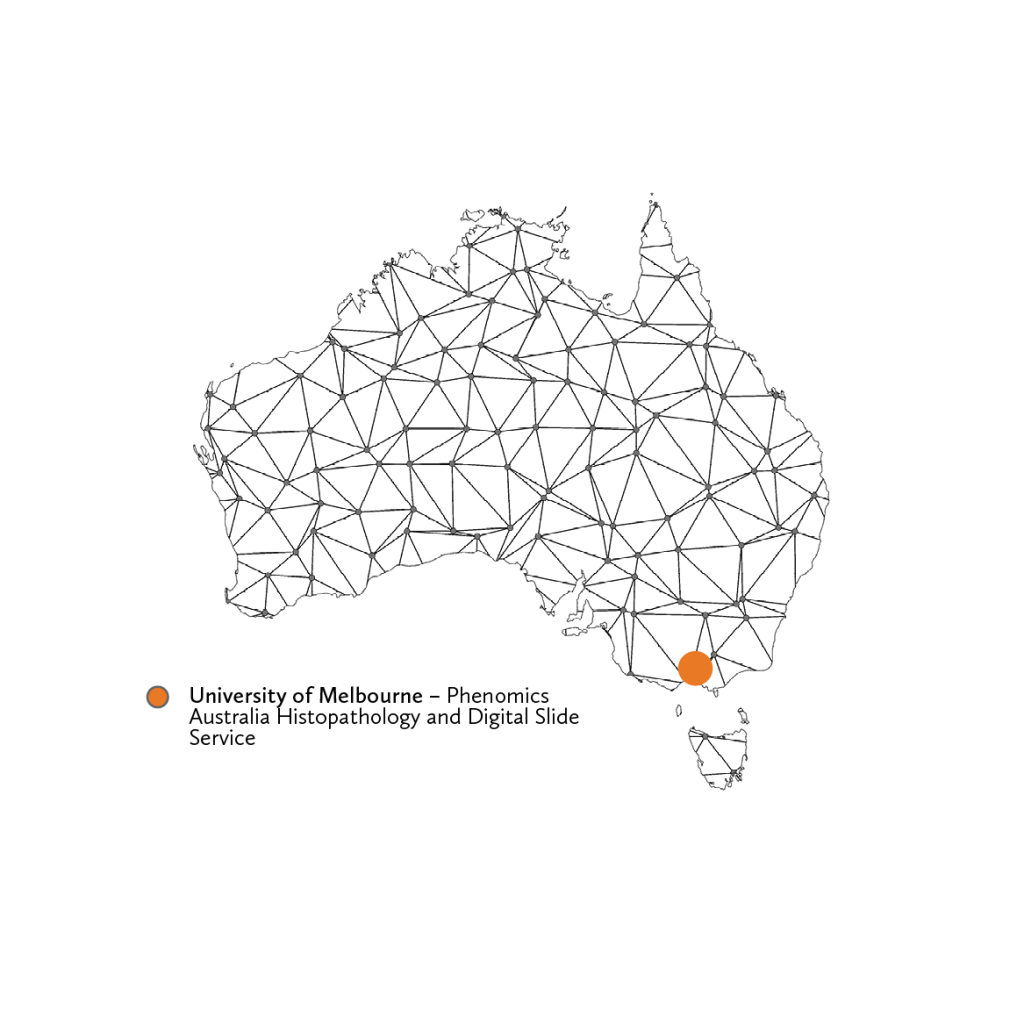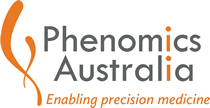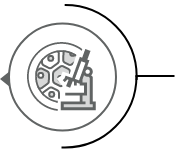
Pathology
Phenomics Australia enables detailed description of the pathological changes in disease models to efficiently determine the biological consequences of their genome and to relate mutant and other disease phenotypes to human disease. Histopathology is also an essential component for drug development, to provide disease models to determine the utility of drugs and identify off-target effects.
Expertise
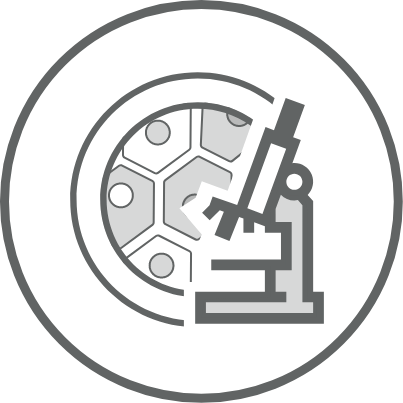
-

Necropsies
-

Pathological analysis
-

Tissue scoring
-
Digital slide scanning
-
Expert analysis
-
Data curation
Explainer
Histopathology refers to the microscopic examination of a biopsy or surgical specimen by a pathologist, after the specimen has been processed and histological sections have been placed onto glass slides. Through such analysis it is possible to study the physical manifestations of disease-causing genome variations, and also the efficacy (and off-target effects) of potential therapeutics.
Services
A protocol by which, through necropsy investigation, 30 standard organs and tissues are histologically analysed. Special additional investigations, including specialised staining procedures, can be accommodated upon request.
The evaluation of modified, treated or genetically engineered models using typical chemical and microbiological analyses of tissues and fluids.
Analytical protocols by which tissues are scored to allow further analysis and/or group comparison.
Production of high-quality digital images from histopathological slides for further analysis and publications.
The specialist services provided are delivered by a team of experienced Medical and Veterinary pathologists and mouse pathobiologists implementing comprehensive necropsy and evaluation procedures.
The Histopathology and Digital Slide Service provides a secure interface where users can log in and interrogate their case files and download publication-quality images. To access your slides on the VMD or on the CaseCenter viewer you will need your login details. To view your images access slides.
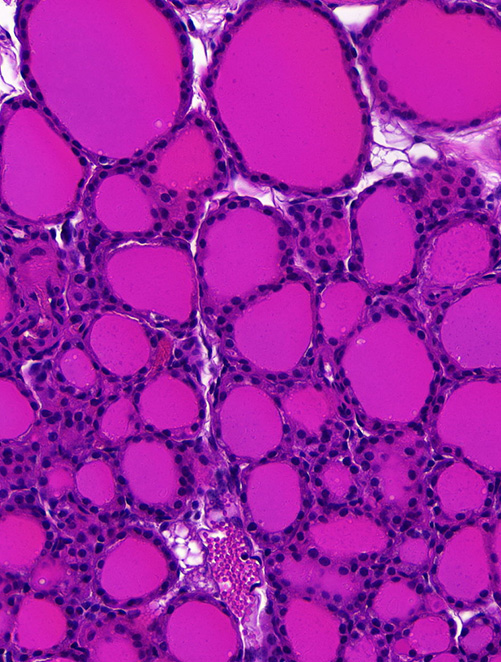
Further Information
Phenomics Australia’s Pathology Service at the University of Melbourne helps researchers across Australia in analysing histology images and data on genetically modified or treated models. The necropsy standard operating procedures, and the histopathology/scoring protocols have been established with the assistance of consultant Pathologists, and are based on the International Mouse Phenotyping Resource of Standardised Screens (IMPReSS).
The Histopathology and Digital Slide Service provides a secure interface where users can log in and interrogate their case files and images. It is critically important to be able to systematically characterise mutant mice and other animal models of disease to efficiently determine the biological consequences of the mutations and to relate mutant and other disease phenotypes to human disease.
Phenomics Australia has been named as an Associated Partner of PATHBIO, a Knowledge Alliance initiative that brings together 22 international universities, research institutions, and companies, to build the framework for a European postgraduate degree in precision pathobiology for disease models. PATHBIO is supported by the Erasmus+ Programme of the European Union. The key contributors from Phenomics Australia to the PATHBIO initiative are Dr Patrick Sharp (Animal Resource Centre and Australian Phenome Bank), Prof Janet Keast (Histopathology Node, University of Melbourne), and Dr Michael Dobbie (Phenomics Australia, CEO).
